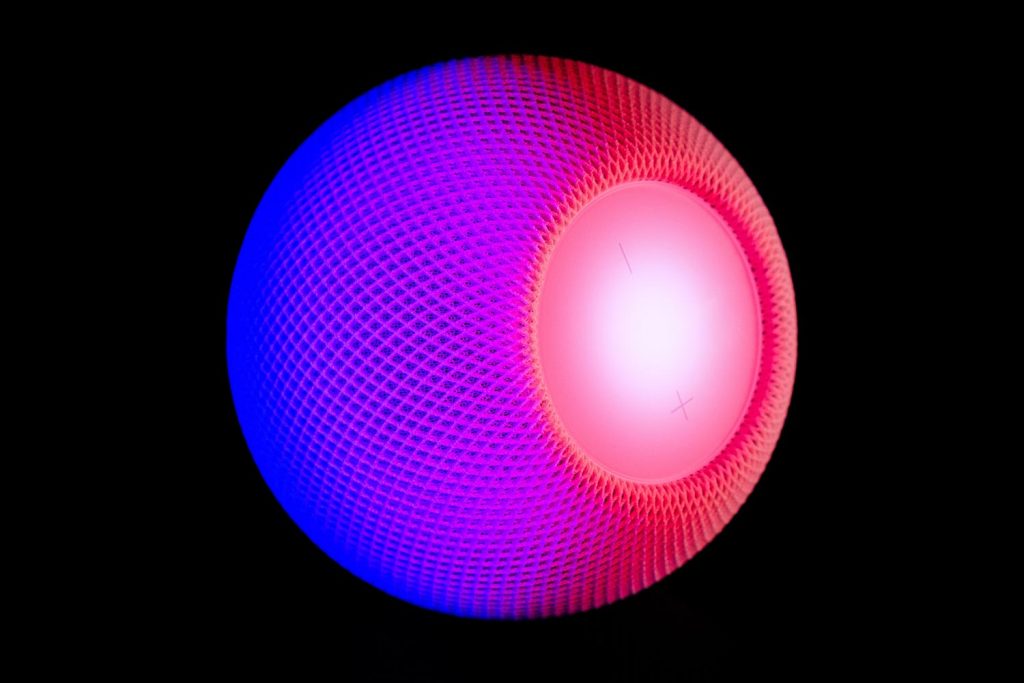5G vs Wi-Fi 6: What’s Better for You?

The digital world is evolving faster than ever, and the demand for high-speed, reliable connectivity has become essential for both personal and professional life. Two cutting-edge technologies—5G and Wi-Fi 6—are leading the revolution in wireless communication. Both promise faster speeds, lower latency, and improved performance, but they serve different purposes and excel in distinct environments. Understanding their differences can help you decide which technology is better suited for your needs.

What is 5G?
5G, the fifth generation of mobile network technology, is designed to deliver ultra-fast wireless connectivity over a wide geographic area. It operates through licensed spectrum bands, providing mobile users with improved download speeds, lower latency, and massive device connectivity compared to previous generations like 4G LTE.
Key benefits of 5G include:
- High Speeds: Capable of reaching up to 10 Gbps under ideal conditions.
- Ultra-Low Latency: Latency can be as low as 1 millisecond, ideal for real-time applications like autonomous driving or remote surgery.
- Wide Coverage: Works across cities, highways, and even rural areas through telecom networks.
- Massive IoT Connectivity: Supports thousands of connected devices simultaneously.
5G is primarily managed and deployed by mobile carriers, making it perfect for outdoor and mobile applications that require seamless connectivity on the go.
What is Wi-Fi 6?
Wi-Fi 6 (also known as 802.11ax) is the latest generation of wireless local area network (WLAN) technology. It’s designed to enhance connectivity within homes, offices, and public spaces by improving efficiency, speed, and capacity—especially in dense environments.
Key benefits of Wi-Fi 6 include:
- High Throughput: Speeds up to 9.6 Gbps under optimal conditions.
- Improved Efficiency: Uses technologies like OFDMA (Orthogonal Frequency Division Multiple Access) to serve multiple users at once.
- Better Battery Life: Features Target Wake Time (TWT), allowing devices to manage power consumption more efficiently.
- Enhanced Capacity: Ideal for crowded networks like offices, airports, and smart homes.
Wi-Fi 6 is deployed through routers and access points, giving users greater control over their network configuration and costs.
5G vs. Wi-Fi 6: Key Differences
| Feature | 5G | Wi-Fi 6 |
| Deployment | Managed by mobile carriers | Managed by individuals or organizations |
| Coverage Area | Wide (citywide, regional) | Local (home, building, campus) |
| Speed | Up to 10 Gbps | Up to 9.6 Gbps |
| Latency | ~1 ms | ~10 ms |
| Mobility | Excellent for mobile users | Limited to local area |
| Cost | Subscription-based (mobile data plans) | One-time setup (router purchase) |
| Use Case | Outdoor, mobile, IoT networks | Indoor, enterprise, smart homes |
When to Choose 5G
You should consider 5G if you:
- Need consistent connectivity on the move (for smartphones, autonomous vehicles, or IoT devices).
- Operate in remote or outdoor environments where Wi-Fi is unavailable.
- Require low latency and wide coverage, such as in smart city infrastructure or industrial automation.
5G is ideal for mobile users, large-scale IoT deployments, and applications that rely on real-time data transmission.
When to Choose Wi-Fi 6
Wi-Fi 6 is the better choice if you:
- Want to enhance your home or office network with high-speed internet.
- Need to connect multiple devices efficiently, such as laptops, smart TVs, and IoT gadgets.
- Prefer a cost-effective solution without ongoing subscription fees.
- Manage data security and performance within a controlled environment.
Wi-Fi 6 is perfect for enterprises, schools, and households seeking reliable, fast local connectivity.
Can 5G and Wi-Fi 6 Work Together?
Absolutely. The future of wireless connectivity is not about choosing one over the other, but about integration. Many modern devices are built to leverage both technologies—using 5G for mobile connectivity and Wi-Fi 6 for local access. This hybrid approach ensures users enjoy seamless transitions between networks without compromising speed or reliability.
Conclusion
Both 5G and Wi-Fi 6 represent the next generation of wireless technology, each with distinct strengths. 5G excels in mobility and large-scale connectivity, while Wi-Fi 6 dominates in controlled indoor environments with multiple connected devices. The best choice depends on your specific needs—mobility, coverage, cost, and control. In most cases, a combination of both offers the most robust and future-ready solution for our increasingly connected world.

 English
English 



































































































